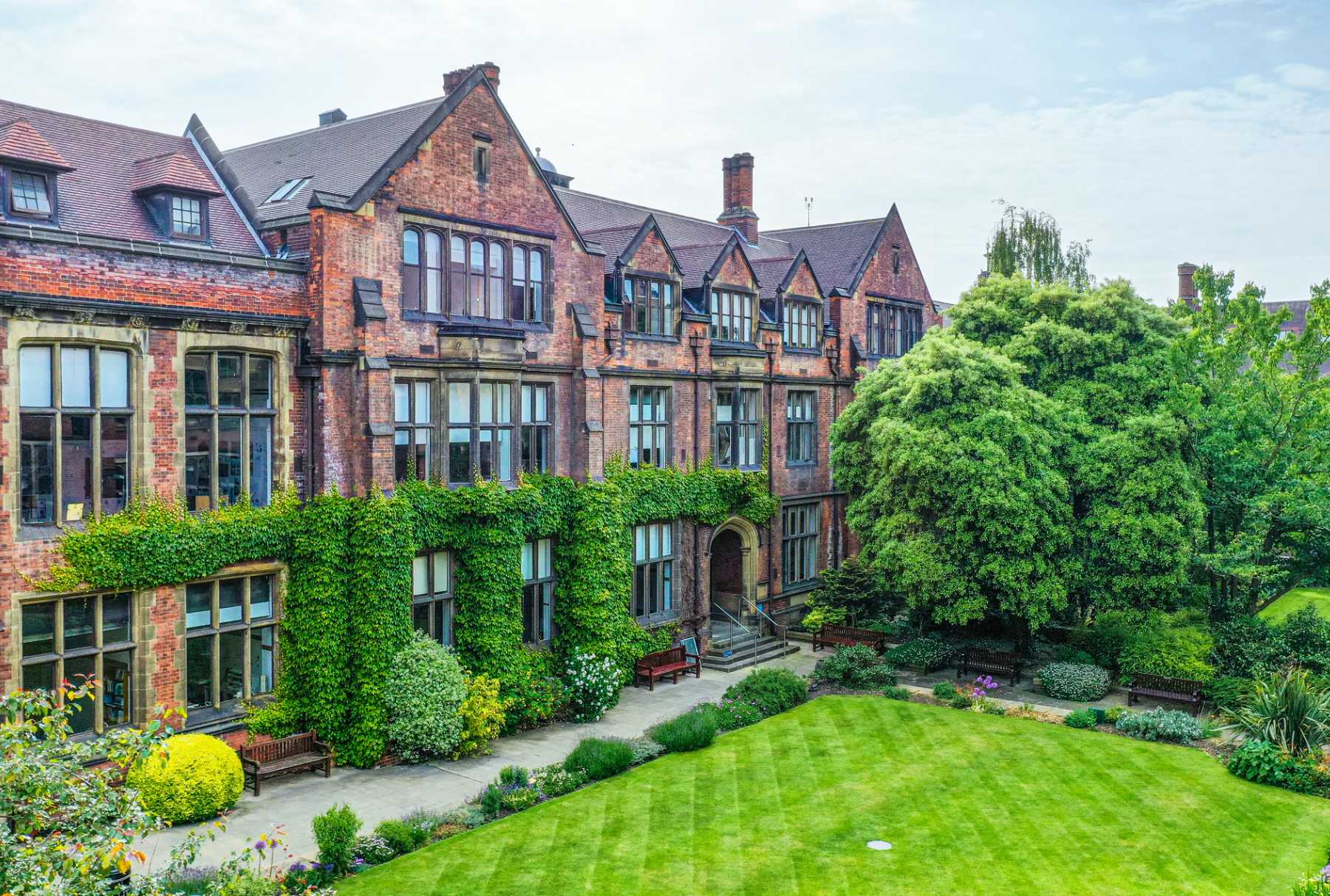Carbon
Working towards net-zero carbon dioxide emissions by 2030.
Reducing Emissions
Newcastle University has committed, following its Climate Emergency Statement, to net-zero carbon dioxide emissions by 2030. Realising this target is going to involve improving activities and infrastructure across many areas of the University.
Find out about current Estates and Facilities projects delivering carbon reduction at our Projects webpage.
The 10 point plan
Targets and action plans are set out for each of the focus areas of the 10-point plan:
- Energy origin and procurement
- Energy use
- Capital goods
- Purchased goods and services
- Travel
- Investments
- Circular economy
- Research and education
- Leadership and governance
- Engagement
For a concise outline of the plan, explore our five-page Executive Summary. To get involved, or offer suggestions for our Climate Action Plan, get in touch with the Sustainability Team at sustainable-campus@newcastle.ac.uk.
Carbon management at the University
Since July 2015, the University has successfully maintained an ISO50001-certified Energy Management System (EnMS). The EnMS, and our Energy Policy, are both approved by University senior management. They allow for a robust process in setting Key Performance Indicators (KPIs) and objectives and targets to increase energy efficiency.
Progress to date and further information on carbon reduction measures are included in our Climate Action Plan (PDF: 5,393KB).
In March 2020, we also completed a Scope 3 screening exercise with the Carbon Trust to better measure and enable reductions in our Scope 3 emissions. The report is available to read here: Newcastle University Scope 3 Report.
What can I do?
Find out how you can reduce your impact in key environmental areas and help to improve the sustainability of your University:
Get involved in events, networks and volunteering opportunities to learn more and play your part.
For further information about carbon management at the University and how you can get involved, please contact us.
